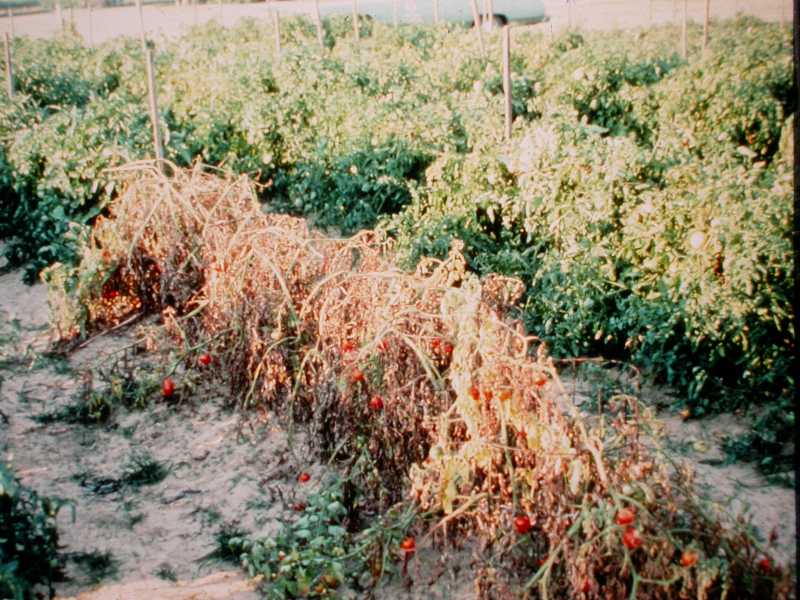led05
Chasing The Present
If run off was the problem wouldn't all the other numbers gain at the same rate as Na?
not necessarily, different minerals push each other, that whole pesky Anion & Cation thing. Hydrogen (h20) also effects each respective minerals/salts differently depending on the make-up of his soil.
I think though his inputs are also a clear potential / likely area of concern and needs to be considered.
Slow RE good biology, that applies pretty much to all the bad things (insects, viruses, fungal, bacterial issues etc) the good and bad tend to balance, right?
I also find healthy plants just push right on thru, fusarium etc attacks the weak or already compromised, normally due to previous existing deficiencies or other problem existing weaknesses I've found.
Fumigating soil is a heck of a task, especially a large area and not something I'd ever want to do




